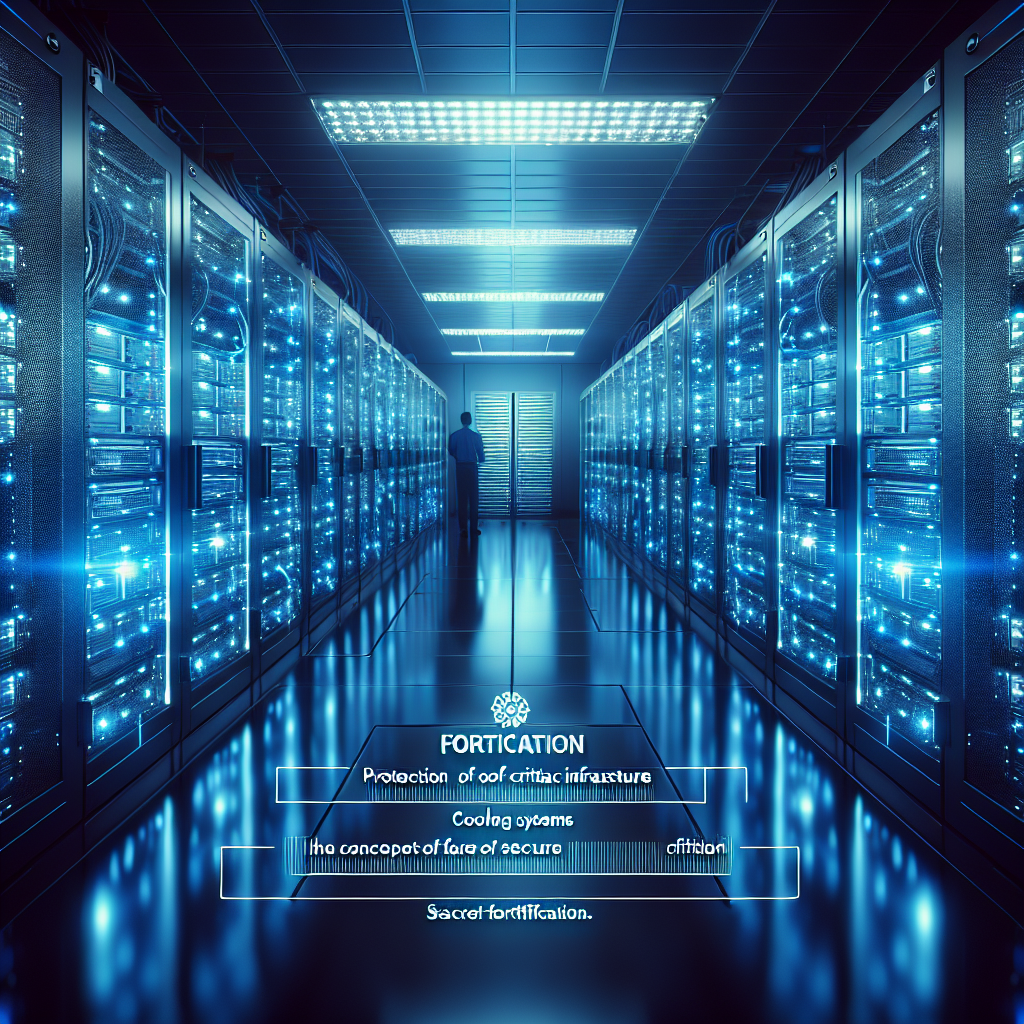Data centers are at the heart of modern businesses, serving as the backbone of critical infrastructure and housing valuable data and assets. Ensuring the safety and security of data centers is paramount to protect against potential threats and ensure uninterrupted operations. Here are some best practices for protecting your data center and maintaining a secure environment.
1. Physical Security Measures: Implementing robust physical security measures is essential to safeguarding your data center. This includes controlling access to the facility with secure entry points, surveillance cameras, and biometric or key card access systems. Restricting access to authorized personnel only helps prevent unauthorized individuals from gaining entry to sensitive areas.
2. Environmental Controls: Data centers are sensitive to environmental factors such as temperature, humidity, and water damage. Installing environmental monitoring systems can help detect any fluctuations in these conditions and prevent potential disasters. Additionally, implementing fire suppression systems and flood detection sensors can help mitigate risks and protect against unforeseen incidents.
3. Backup Power Systems: Power outages can be catastrophic for data centers, leading to downtime and potential data loss. Implementing backup power systems such as uninterruptible power supply (UPS) units and backup generators can ensure continuous operations in the event of a power failure. Regular maintenance and testing of these systems are essential to guarantee they are functioning properly when needed.
4. Regular Maintenance and Monitoring: Regular maintenance and monitoring of equipment and systems are crucial to identifying potential issues before they escalate into major problems. Conducting routine inspections, testing equipment, and monitoring performance metrics can help prevent downtime and ensure optimal functioning of the data center.
5. Data Encryption and Security Protocols: Data security is a top priority for data centers, as they store sensitive information that could be targeted by cybercriminals. Implementing robust encryption protocols, firewalls, and intrusion detection systems can help protect data from unauthorized access and cyber threats. Regular security audits and updates are essential to stay ahead of evolving security risks.
6. Disaster Recovery Planning: Despite best efforts to secure a data center, unforeseen disasters such as natural disasters, cyberattacks, or equipment failures can still occur. Developing a comprehensive disaster recovery plan that outlines protocols for data backup, recovery procedures, and communication strategies is essential to ensure business continuity in the face of a crisis.
By implementing these best practices for protecting your data center, you can safeguard your critical infrastructure and minimize the risk of potential threats. Ensuring data center safety requires a holistic approach that combines physical security measures, environmental controls, backup power systems, regular maintenance, data encryption, and disaster recovery planning. By prioritizing data center safety, businesses can protect their valuable assets and maintain uninterrupted operations in an increasingly digital world.


Leave a Reply